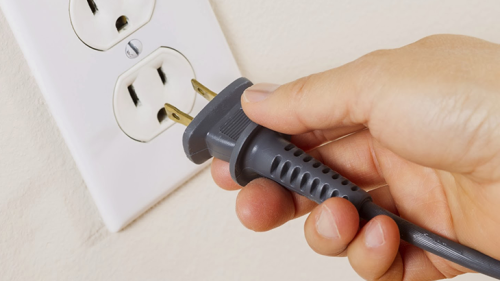Home healthcare workers, janitors, maintenance and repair staff, delivery personnel, late-night gas station attendants, and security workers have something in common: they often work in isolation. And as businesses try to do more with less, the ranks of lone workers are likely to increase.
These employees face special risks, and employers must do what they can to ensure their safety.
According to OSHA regulations, an employer must visually or verbally account for lone workers during each work shift, at regular intervals appropriate to the job assignment. While this requirement is open to interpretation, one basic question can help guide what level of monitoring is appropriate: Based on the risks associated with this job, what is an acceptable amount of time for a worker to wait for help?
A three-pronged approach to isolated worker safety might also help:
- Identify the hazards.
- Evaluate the level of the risks involved.
- Put measures in place to avoid or control the risks.
Just as hard hats, steel-toed shoes, safety glasses, and reflective clothing are common elements of personal protective equipment, a reliable communication system should be considered safety equipment for lone workers. Cellphones or two-way radios may be appropriate for most situations, but if a worker is unable to call for help, a lone worker man-down warning system automatically will send an alarm signal to supervisors at a monitoring station.
Education and experience are probably the most effective way to ensure the safety of isolated workers. Employers should provide proper training so lone workers will more likely be able to avoid dangerous situations or know how to respond to challenges or emergencies that arise.






